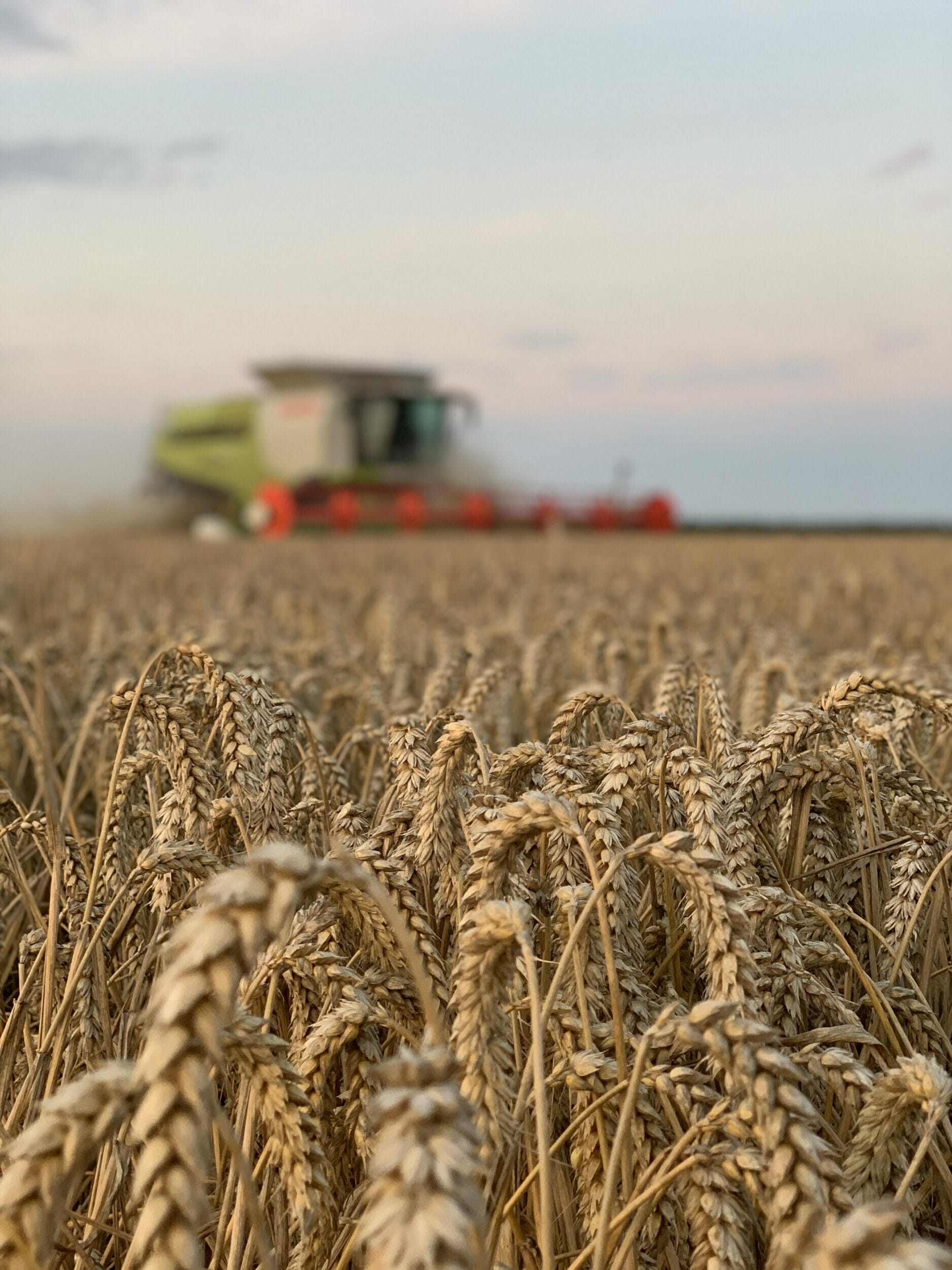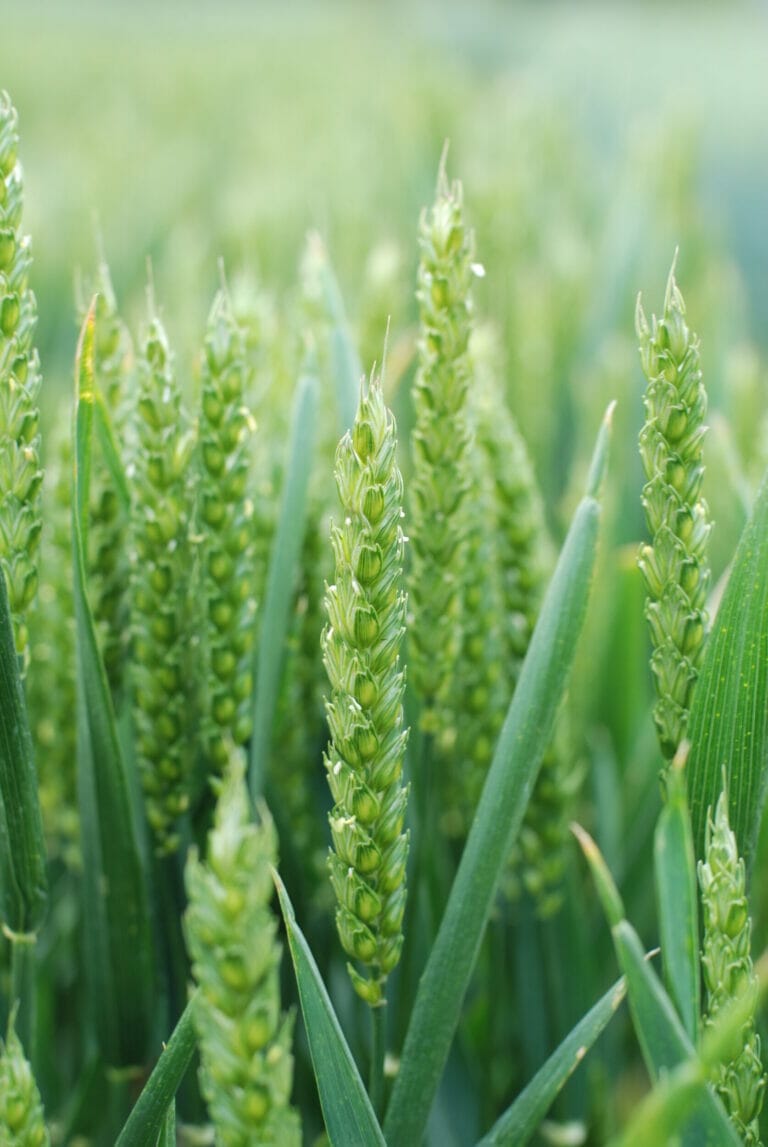“LG Skyscraper has continued to demonstrate its ability to perform across a wide range of situations and environments, says Ed Flatman, senior wheat breeder for Limagrain UK.
“The variety has now shown over a series of contrasting years, its capacity to establish well and develop a good foundation in the early season, which it then converts into a consistently top yield of sound bold grain.”
Agronomically, the variety has held up well; its rating for yellow rust has held fast when many around have fallen and its brown rust rating has gone up from 5 to 6 on this year’s Recommended List.

Ed Flatman, Senior Wheat Breeder for Limagrain
LG Skyscraper also has Orange Wheat Blossom Midge resistance (OWBM) which is an important trait that is of increasing value in wheat varieties due to restrictions on insecticide products, says Mr Flatman.
LG Skyscraper’s excellent performance across the UK, once again dispels any myths surrounding soft wheats being lower yielding than hard wheats, adds Limagrain’s arable technical manager, Ron Granger.
He points out that LG Skyscraper offers a large grain and its specific weight of 76.9 kg/hl and HFN coming in at 218, makes an attractive package when compared to other feed varieties.
“As a soft wheat, LG Skyscraper has the additional benefit of distilling, which in a season when it will be critical to make as much as possible from crops in the ground, is a very valuable attribute.”
For many growers who are still looking to drill their wheat, it is worth noting that in Limagrain’s 2019 trials, LG Skyscraper was the highest performing variety in the late drilled slot. In fact, the variety has shown itself to take this poll position over three very different seasons, he points out.
“LG Skyscraper can be drilled comfortably up until the end of January, and even later into February further north, but seed rates will need to adjusted accordingly.”
“LG Skyscraper ticks a lot of boxes for on-farm performance and is an excellent choice for the second wheat situation,” adds Mr Granger.

Ron Granger, Arable Technical Manager for Limagrain
FARMER PROFILE
With a best yield of 13 t/ha, a good disease profile and flexibility on planting date, LG Skyscraper has performed very well for Peterborough-based grower, Seb Richardson.
The variety has proven itself in a testing year and plans are now to increase the acreage where it will be grown, he says.
It performed well across soil types, averaging 10 t/ha, up over the five year farm average – even where it was planted on thin ground productivity held up, providing yields of 8-9 t/ha.
“The crop was mostly drilled in the third week of October, but the last field was not drilled until mid-November but we still got close to 11 t/ha from it,” he explains.
However, he feels that given the right conditions, the yields could have been even better; “the drought early in the year held back the yields from LG Skyscraper.”
Situated on Northampton heavy clay soil, he finds a conventional tillage regime, subsoiling to break the pan, ploughing and pressing to be the most effective.
His normal routine comprises three fungicide applications, combined with the use of pre-emergence herbicides plus another for broad-leaf weed and volunteer bean control. Moreover, Mr Richardson found that while he followed a sound fertiliser regime which included micronutrients and foliar feed, he did not need to apply any special nutrients.
Moving on to talk about some of the difficulties of the 2019 growing season, he points out that lodging was not a problem despite the really heavy June rainfall.

Peterborough-based grower, Seb Richardson
“There was just one field, which had received a lot of farmyard manure the year before, where the crop went down.”
Cabbage stem flea beetle has made it no longer feasible for Mr Richardson to grow oilseed rape, so, in addition to increasing the wheat area, he is also growing more winter beans.
“We find beans make a nice entry into a first wheat,” he continues, remarking that he does not grow second wheat. “Beans can be grown in a rotation of five to seven years, and this fits with our system of growing a mixture of winter and spring crops.”
“We are very pleased with LG Skyscraper; we like both its versatility and its yield – not forgetting its disease profile helps us keep fungicide use to a minimum.”
“Next year, not only will we be growing it again ourselves, but also on the contract farm we manage.”
Farm Facts
Area farmed: 500 ha at home + 200 ha contract farming
Soil: Heavy clay, Grade 3 Northamptonshire soil
Crops grown: Winter wheat, winter barley, winter beans, spring barley & spring oats
Drilling dates: 20th, 21st & 22nd October, 2018
Seed rate: 425 seeds per sq. m
Nutrition: Nitram double top, DAP (Diammonium Phosphate), good spectrum micronutrients (including manganese, zinc and potassium), plus later in the season – a foliar feed with manganese and potassium.
Crop protection: Herbicides: Avadex (thiocarbamate) and Crystal (flufenacet + pendimethalin) applied pre-emergence. Also a herbicide for broad-leaf weeds, applied for bean volunteer control.
Fungicides & PGR’s: Applied at T1, T2 and T3, to control Fusarium and rust.

































